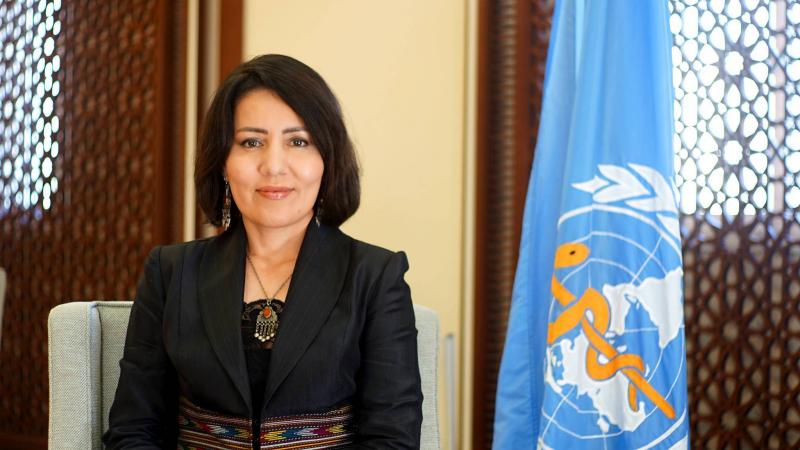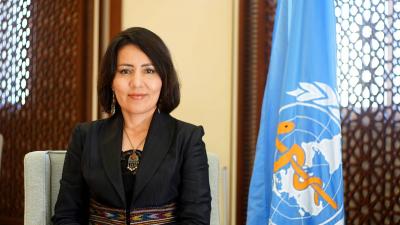The World Health Organization (WHO) announced its intention to vaccinate five million Syrians, equivalent to 20% of the population across the country, as the conflict enters its eleventh year.
According to a statement from Dr. Akjemal Magtimova, WHO's representative in Damascus, on Wednesday, the COVAX program aims to vaccinate five million Syrians despite the ongoing conflict. Magtimova indicated that the organization is preparing its distribution plan in collaboration with the Ministry of Health to ensure the program proceeds as scheduled, noting that priority will be given to vaccinating medical staff, social service workers, and those at higher risk of infection.
Regarding the timing of the vaccination campaign in Syria, Magtimova expressed hope that "the campaign will really start in April, but it may take longer depending on many factors," adding that many unknowns still need to be addressed.
On the topic of bilateral agreements made by the Syrian government to secure medical supplies, Magtimova clarified that the WHO has no role in such agreements, emphasizing that any supply of safe and effective vaccines that Syria can obtain will help enhance vaccine availability. So far, the Syrian government has not announced any such bilateral agreements, although health officials state that Damascus is in talks with Russia and China for vaccine supplies.
Like other countries waiting for vaccines through the COVAX program, Syria can also acquire supplies directly from companies. In addition to the challenges of organizing the vaccination program across conflict fronts, Syria faces an additional hurdle due to international financial sanctions, which have left Damascus without significant financial leverage to negotiate supplies and have also slowed the process by creating additional legal risks.
The WHO has announced that it will deploy teams across Syria to implement a vaccination program that includes both government-controlled areas and territories outside state control, possibly by April. It is noteworthy that most Syrians live in areas that are now under government control, but militants still control areas in the northwest, while a Kurdish-led administration controls a large part of the northeast. The war in Syria has led to the displacement of nearly a quarter of the population within the country, with many living in camps.




